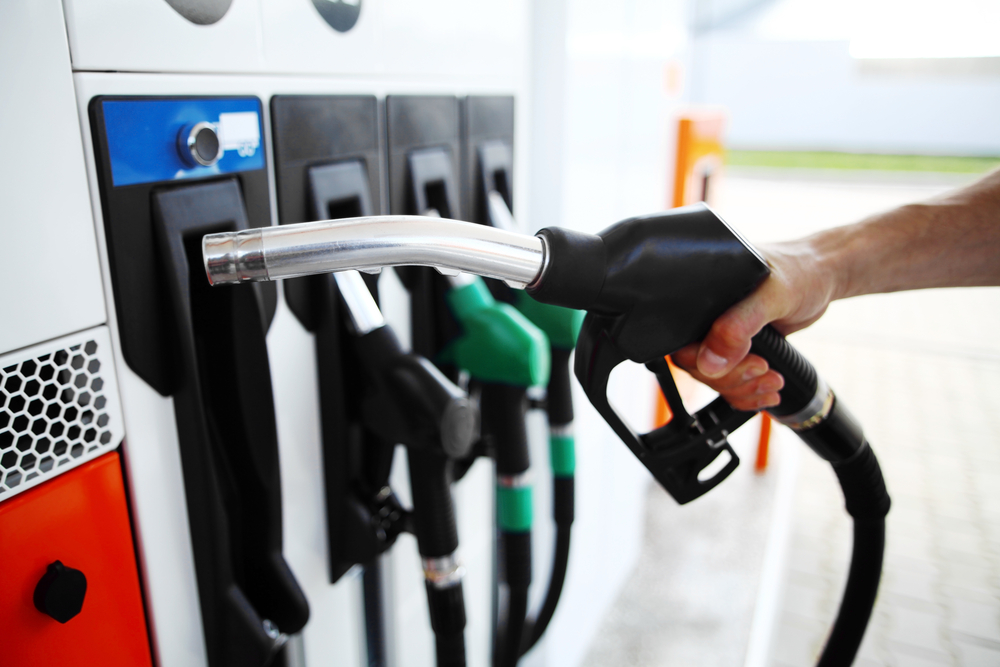
MANILA – Borongan Mayor Maria Fe Abunda on Friday said the stockpiles of fuel supply in their area is starting to fall, even if typhoon “Ruby” has not made landfall yet.
”Our fuel supply is falling, the drivers in the area are also not reporting for work,” Abunda said in a radio interview.
She stressed that their request for rice supply from the National Food Authority (NFA) cannot move due to the lack of fuel in the area, along with the drivers skipping work.
Aside from mobility of goods during times of disaster, fuel supply is also vital for generator sets and road-clearing operations, Abunda said.
Last October, the Philippine Institute of Petroleum (PIP), comprising six of the biggest oil companies, signed a Memorandum of Agreement (MOA) to create a framework to ensure fuel supply in case of emergencies and calamities such as earthquakes, typhoons, floods, fire and spills.
With the participation of the Energy Department and PIP, the MOA prioritizes the supply of fuel products to completely functional retail stations, that are located nearest the emergency response centers. Areas were assigned by the Metro Manila Disaster Risk Reduction and Management Council (MMDRRMC) and the National Disaster Risk Reduction and Management Council (NDRRMC).
Under the agreement, the Department of Energy (DOE) will serve as the contact between the government and the oil industry sector.
PIP members have more than eight percent of the Philippine requirement for fuel supply, composed of 90 terminals and depots, and over 3,000 service stations scattered around the country.
Its members include PTT Philippines Corporation, Total (Philippines) Corporation, Petron Corporation, Chevron Philippines Inc., Isla Gas and Pilipinas Shell Petroleum Corporation (PSPC).